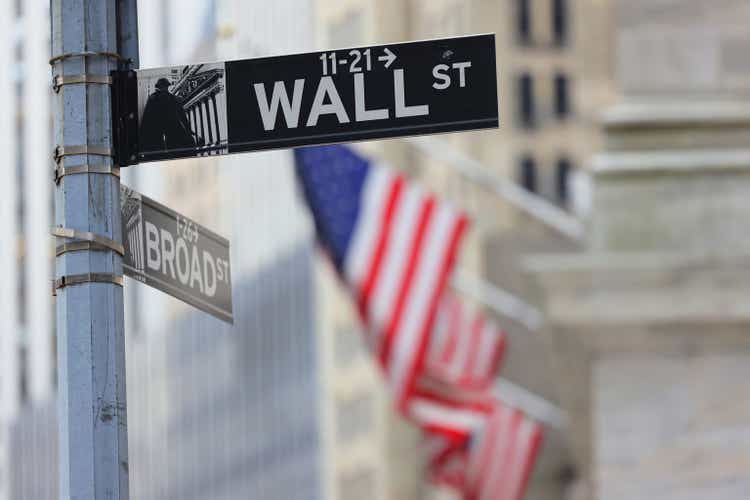S&P, Nasdaq surge, Dow adds ~350 points as CPI data boosts bets for smaller Fed hike
Michael M. Santiago
U.S. stocks rose on Tuesday, after consumer inflation for February cooled as expected and bolstered expectations for a smaller rate hike at the Federal Reserve's upcoming monetary policy committee meeting next week.
The financial sector and heavyweight financial stocks rebounded after their recent decline due to the collapse of Silicon Valley Bank (SVB) and Signature Bank (SBNY).
By mid-day, the tech-heavy Nasdaq Composite (COMP.IND) was up 2.16% to 11,430.14 points. The benchmark S&P 500 (SP500) added 1.73% to 3,922.58 points, while the blue-chip Dow (DJI) rose 1.13% to 32,179.37 points.
All 11 S&P sectors were trading in the green, with Energy and Communication Services topping the board. Financials rebounded 2%.
Consumer price index (CPI) for February rose 0.4% M/M, a smaller rise than the +0.5% M/M gain in January. On a Y/Y basis, February CPI rose 6%, in-line with consensus and lower than the +6.4% Y/Y rise in January. Core CPI for February came in at +0.5% M/M compared to an anticipated +0.4%.
Market participants had over the last month built up expectations of continued rate hikes from the Fed following hotter-than-expected economic data on inflation and the labor market. However, those expectations have been swiftly recalibrated since Friday, after U.S. regulators took over SVB and Signature Bank (SBNY) following liquidity crises at the lenders.
"The just-released CPI numbers confirm that inflation isn’t coming down as rapidly as expected. The hiking cycle is set to remain bumpy, especially after the market started to price in the end of the hiking cycle after the Silicon Valley Bank failure. Now, it’s up to the Fed to communicate how it can continue to hike without further damaging financial stability," Seeking Alpha contributor BN Capital's Leo Nelissen said.
Post the release of the CPI data, the probabilities of Fed rate hike expectations skewed further towards a 25 basis point hike, with a 83.4% probability of such an increase, according to the CME FedWatch tool. The probability of no hike at all has now fallen to 16.6% from 26.9% before the CPI report.
"I always thought that with inflation where it was, that central banks would keep hiking until they broke something, which was especially likely with the yield curve so inverted. Now they have broken something, is that enough for a pause? Much will depend on whether markets and contagion risk can calm quickly enough. If the FOMC meeting was today I strongly suspect they wouldn't hike but a week is a long time in these markets," Deutsche Bank's Jim Reid said.
Treasury yields on Monday suffered steep declines as investors bought into safe assets like bonds and gold and fled financial stocks. On Tuesday, yields had stabilized and ticked higher. The 10-year Treasury yield (US10Y) was up 13 basis points to 3.65% and the 2-year yield (US2Y) added 31 basis points to 4.34%. The latter had seen its biggest single day decline in the previous session since 1982.
Turning to active stocks, United Airlines (UAL) was the top percentage loser on the S&P 500 (SP500) after a disappointing forecast.